The flower of the desert y las Bromelias
The flower of the desert
This plant is called with the common name of *desert rose* or *desert flower* and its scientific name is Adeniun Obesum. It’s blooming in the garden of a relative and I took the opportunity to take pictures of it.
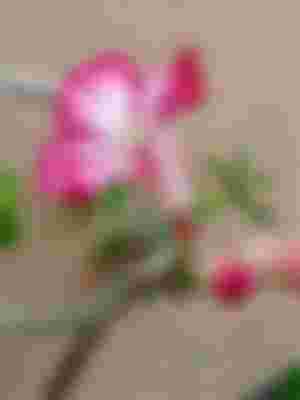
It is a plant native to Africa but grows very normally in other continents. It is a perennial plant that is cultivated in tropical and subtropical climates. In my country it is used as an ornamental plant and it is very easily seen between the islands of two roads in the avenues because it can measure from 1 to 2 meters. It is very sought after to make bonsais, Japanese technique to keep a tree in its minimum expression in a small pot and still maintains its flowering and thick stem as a regular sized tree.
The flowers are red or strong pink or soft pink tinged with white color. Like this one I have brought today, it has about 5 open petals that reveal its lovely color.
This plant does not need large amounts of liquid as do the cacti although it does not belong to this group, but it belongs to the group of caudiciform plants.
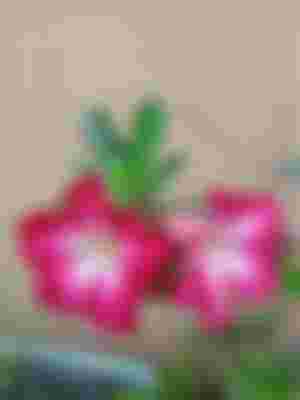
It’s propagated by seeds or by small branches of the plant, I want to say that although it is very pretty, I have never been interested in propagating it, maybe in the near future I will do it and I will see how its production turns out. In the meantime, please enjoy these beautiful flowers.
The plant has thick stems and it is there where it keeps most of its liquid for the times of low water. It does not normally need a lot of liquid but in the rainy season it should not be watered because it runs the risk of rotting its roots.
Bromeliad Billbergia Pyramidalis
This is my Bromelia, with the rains is beginning to come out the flower of the plant. It comes out as an extension that little by little emerges from the center of its leaves. These leaves grow in the form of a rosette, that is to say, one in front of the other leaf and between them a space or concavity is formed where the water remains stagnant and it is from there that the plant is nourished.

It does not need water in the root but keeps the water that falls during rains or at night in its central leaves, where organic matter from insects and plants that fall there accumulates.
This plant is epiphytic, that is, it grows on trees, but we have found a way to adapt its environment in a pot, leaving its roots superficially in the soil and adding the irrigation water in its upper leaves.
She is a plant with thin, flat, green leaves and thorny at all ends. It does not grow very large and the inflorescence can measure up to 30 cm. and the inflorescence can measure up to 20 cm.

The flower remains on the plant for about 20 days after which the plant dies leaving behind one or two offspring that will repeat the cycle again.
The pictures are my property, taken with my redmi note 9 phone.
I thank all my sponsors who have renewed their sponsorships with me. I love them all.
Thanks for your comments and votes.
I’m @gertu13 from Venezuela to the world.

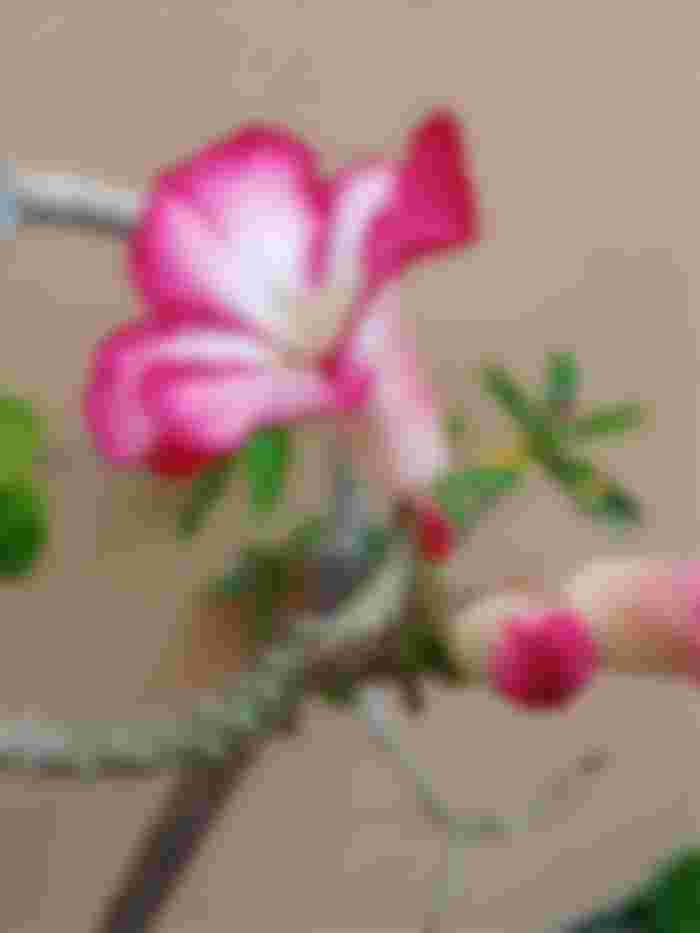
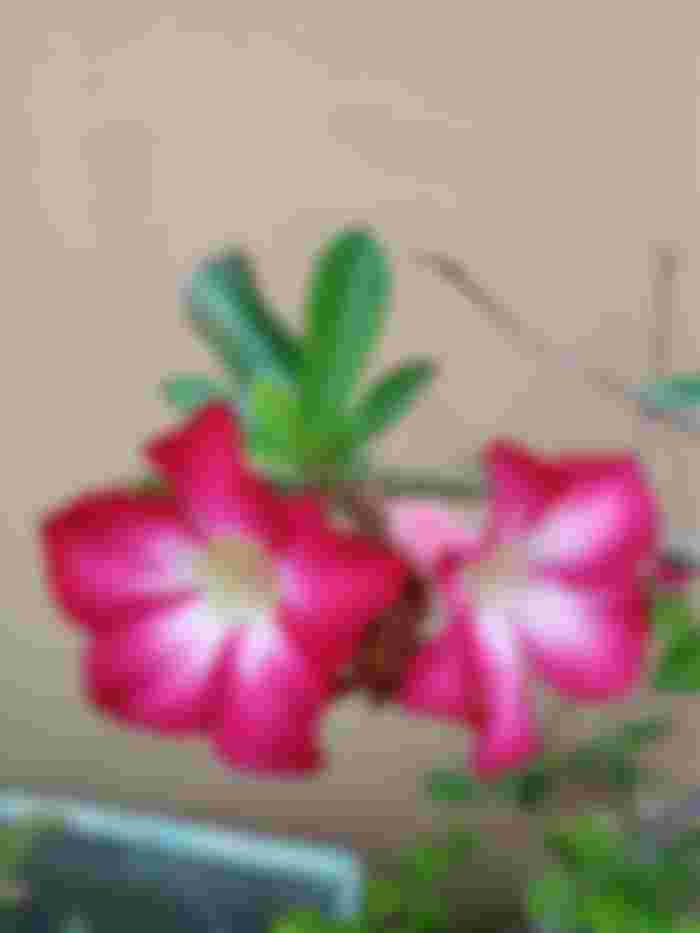
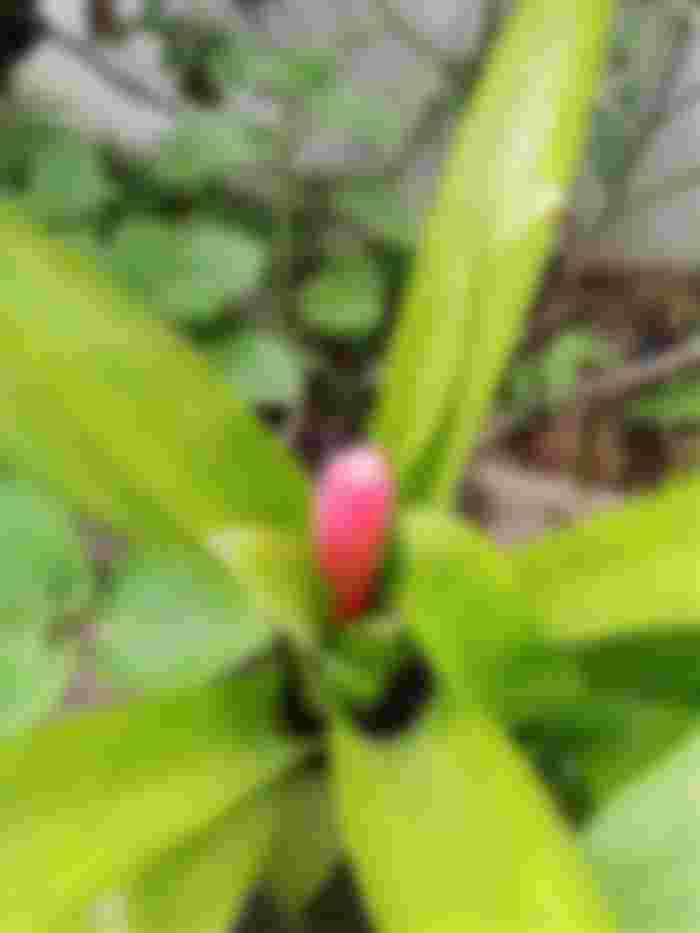
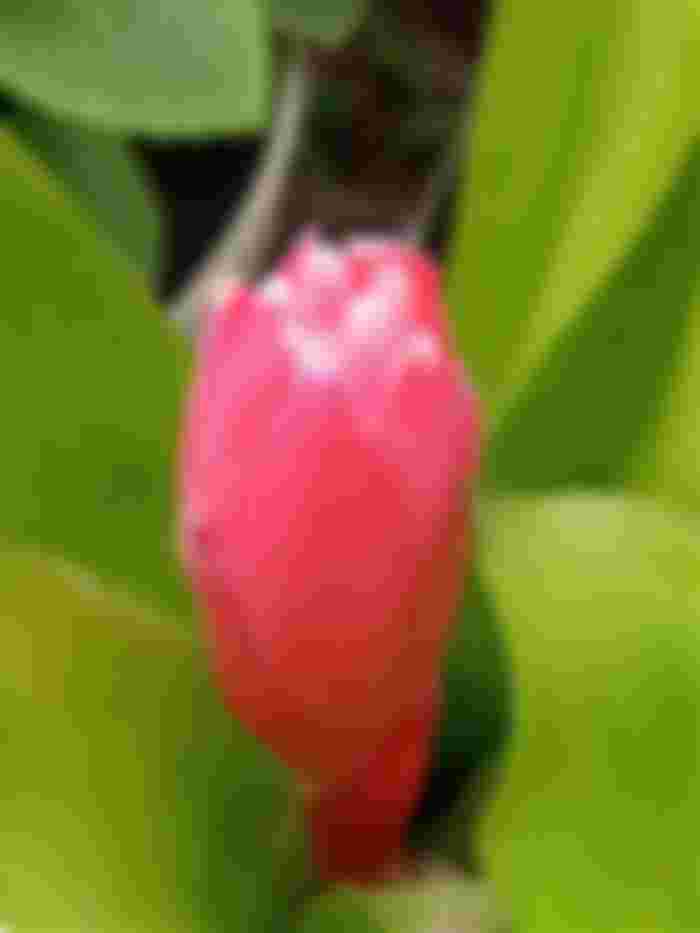

Desert flowers, I never that's what it is called I have seen it but the one you took looks more beautiful, I guess that's the beauty of photography, the Bromelia though I have not seen not heard of but thanks to you I know of it now. They are both beautiful.